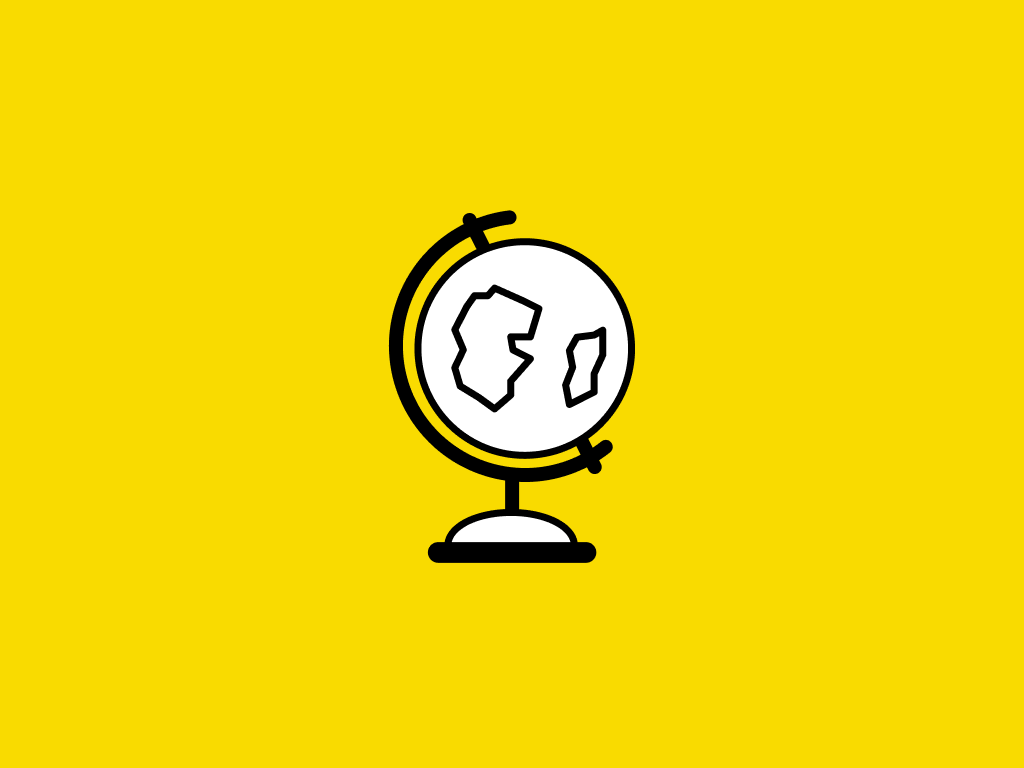
Moocable is learner-supported. When you buy through links on our site, we may earn an affiliate commission.
Description
This first course on concepts of single variable calculus will introduce the notions of limits of a function to define the derivative of a function. In mathematics, the derivative measures the sensitivity to change of the function. For example, the derivative of the position of a moving object with respect to time is the object's velocity: this measures how quickly the position of the object changes when time advances. This fundamental notion will be applied through the modelling and analysis of data.
Tags
Syllabus
- The Limit of a Function
- One of the goals in studying Calculus is to analyze rates of change and movement. In this module, we introduce the central ideas which will help us achieve this goal: the notions of the limit and the derivative. Rather than evaluating a function at a single point, the limit allows for the study of the behavior of a function in an interval around that point. In this module, you will find limits of functions by a variety of methods, both visually and algebraically. Finally, we will apply limits to define the key idea of Differentiable Calculus, the derivative.
- The Limit Laws
- Using calculators or graphs is an imprecise way to find the limit of a function. In this module, we will state and use algebraic properties of limits, called the Limit Laws, to calculate the exact values of limits. A solid understanding of these laws will allow us to derive theorems which in turn can be used to study the behavior of more advanced functions.
- Continuity
- In the last module, there were several types of functions where the limit of a function as x approaches a number could be found by simply calculating the value of the function at the number. Functions with this property will be called continuous and in this module, we use limits to define continuity. We will see that the mathematical definition of continuity will correspond closely with the English meaning of the word continuity used in every day language.
- Limits at Infinity
- In this module, we allow for x to become arbitrarily large in the positive or negative direction to understand the end-behaviors of functions. This will allow for the formal definition of a horizontal asymptote and to provide classifications of end-behavior of certain types of functions.
- Derivatives
- The problem of finding the slope of the tangent line to a curve and the problem of finding the instantaneous velocity of an object both involve finding the same type of limit. This special type of limit is called the derivative and in this module, we will see that this notion of the derivative can be interpreted as a rate of change in any of the natural or social sciences or engineering.
- Final Project
- In this final project, we will apply the tools and language of differentiable calculus to analyze trends in data. This project will focus on modelling and analyzing gender ratios in educational attainment over time in several regions of the world.

Calculus through Data & Modeling: Limits & Derivatives
Affiliate notice
-
TypeOnline Courses
-
ProviderCoursera
This first course on concepts of single variable calculus will introduce the notions of limits of a function to define the derivative of a function. In mathematics, the derivative measures the sensitivity to change of the function. For example, the derivative of the position of a moving object with respect to time is the object's velocity: this measures how quickly the position of the object changes when time advances. This fundamental notion will be applied through the modelling and analysis of data.
- The Limit of a Function
- One of the goals in studying Calculus is to analyze rates of change and movement. In this module, we introduce the central ideas which will help us achieve this goal: the notions of the limit and the derivative. Rather than evaluating a function at a single point, the limit allows for the study of the behavior of a function in an interval around that point. In this module, you will find limits of functions by a variety of methods, both visually and algebraically. Finally, we will apply limits to define the key idea of Differentiable Calculus, the derivative.
- The Limit Laws
- Using calculators or graphs is an imprecise way to find the limit of a function. In this module, we will state and use algebraic properties of limits, called the Limit Laws, to calculate the exact values of limits. A solid understanding of these laws will allow us to derive theorems which in turn can be used to study the behavior of more advanced functions.
- Continuity
- In the last module, there were several types of functions where the limit of a function as x approaches a number could be found by simply calculating the value of the function at the number. Functions with this property will be called continuous and in this module, we use limits to define continuity. We will see that the mathematical definition of continuity will correspond closely with the English meaning of the word continuity used in every day language.
- Limits at Infinity
- In this module, we allow for x to become arbitrarily large in the positive or negative direction to understand the end-behaviors of functions. This will allow for the formal definition of a horizontal asymptote and to provide classifications of end-behavior of certain types of functions.
- Derivatives
- The problem of finding the slope of the tangent line to a curve and the problem of finding the instantaneous velocity of an object both involve finding the same type of limit. This special type of limit is called the derivative and in this module, we will see that this notion of the derivative can be interpreted as a rate of change in any of the natural or social sciences or engineering.
- Final Project
- In this final project, we will apply the tools and language of differentiable calculus to analyze trends in data. This project will focus on modelling and analyzing gender ratios in educational attainment over time in several regions of the world.
Tags
Related Courses


Equazioni differenziali lineari del secondo ordine

Differential Equations Part I Basic Theory

Çok değişkenli Fonksiyon I: Kavramlar / Multivariable Calculus I: Concepts

Calculus through Data & Modeling: Differentiation Rules

Bachelor of Computer Science

Linear Algebra I: Linear Equations

Probability and Statistics III: A Gentle Introduction to Statistics

Probability and Statistics II: Random Variables – Great Expectations to Bell Curves

General Calculus II

Logic (2020)

Precalculus Algebra: Certificate Program
Loading...
Saving...
Loading...

 Online Courses
Online Courses  Coursera
Coursera
